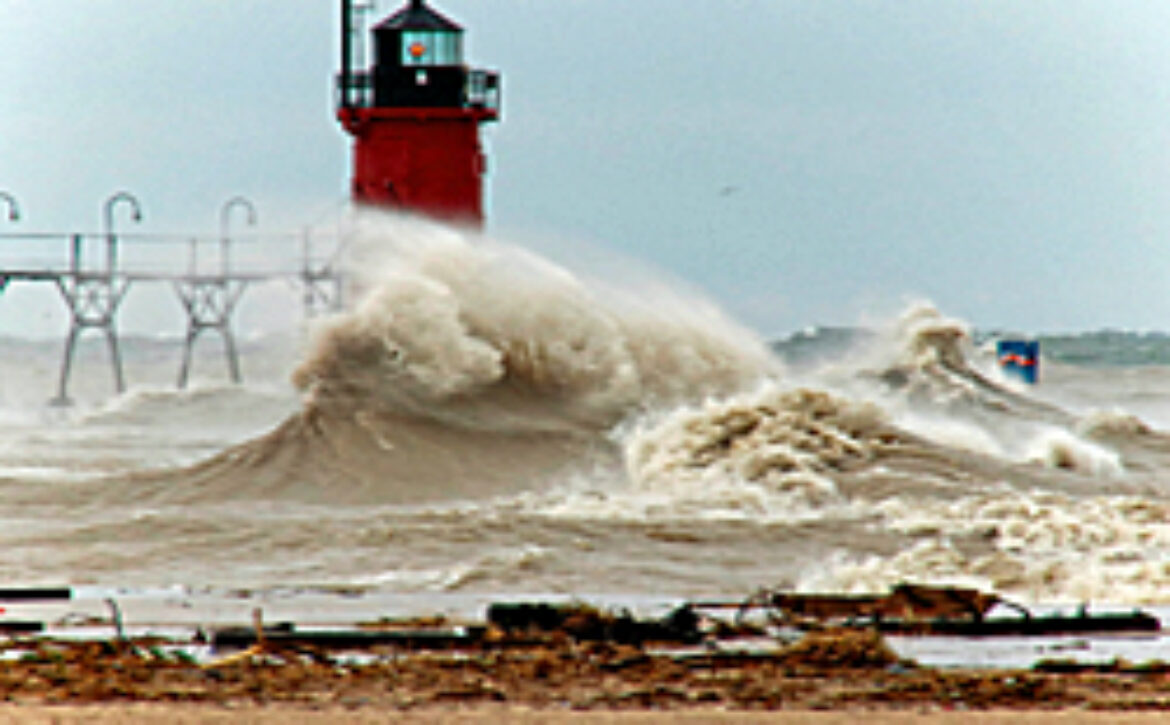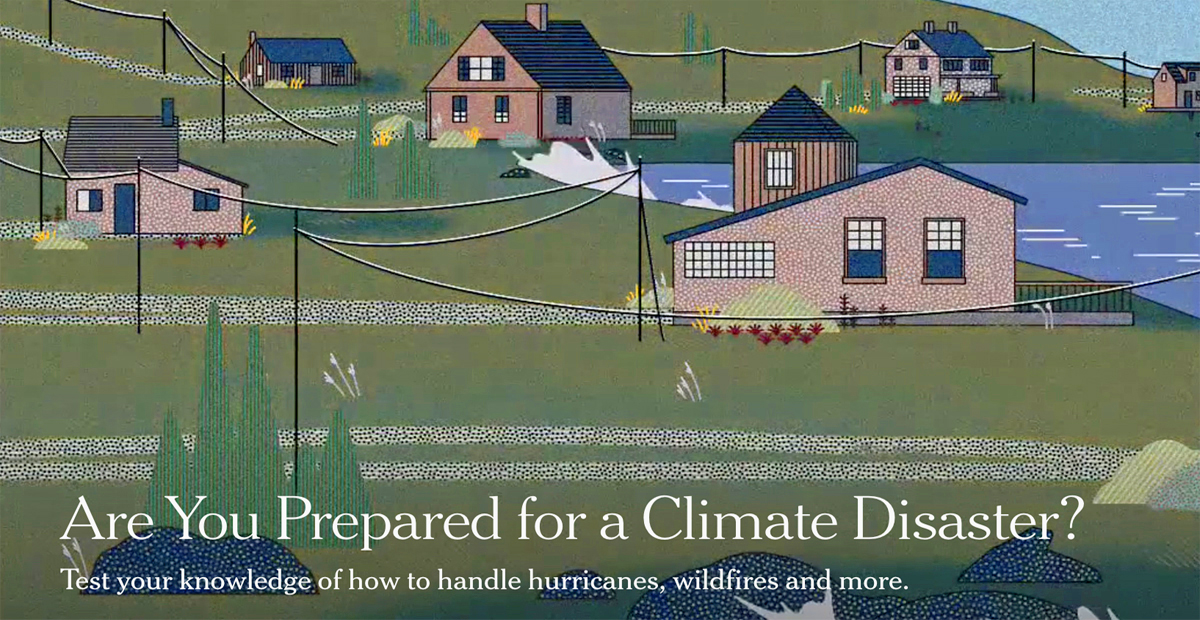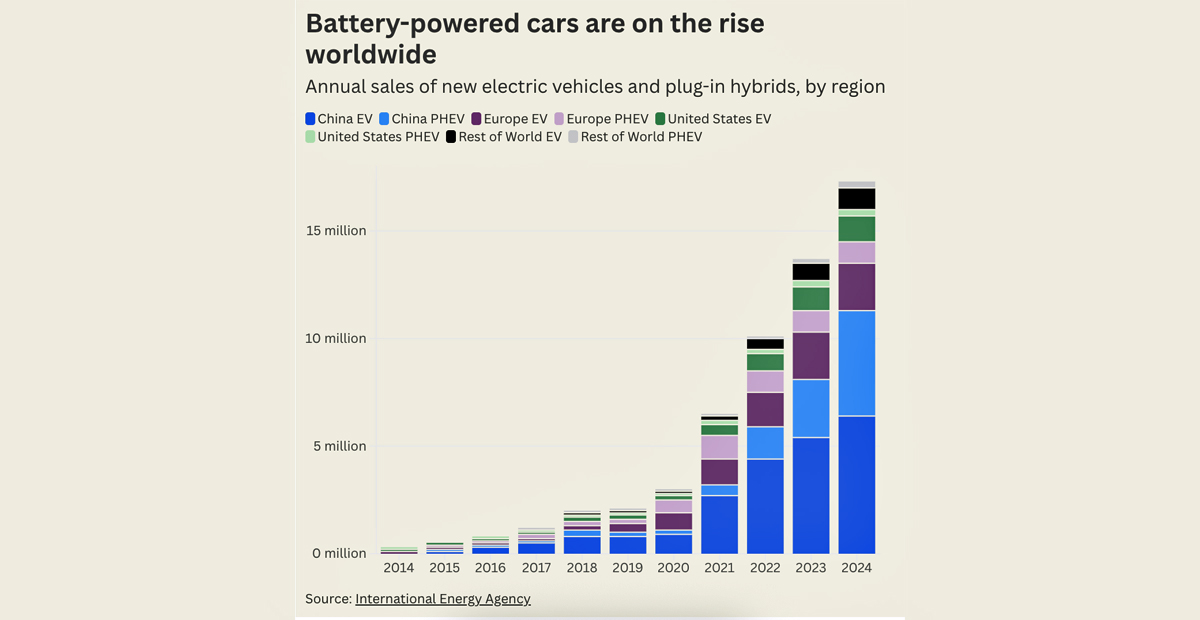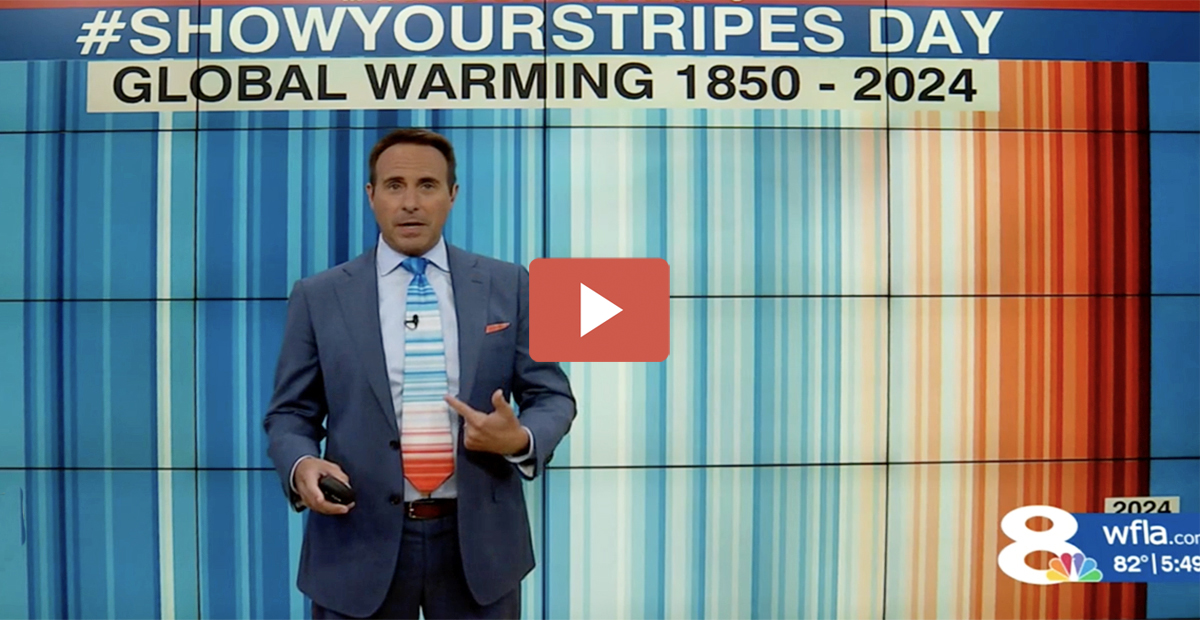October 2025
Dear Friends,
Notice things are getting a lot more expensive? Rising energy costs are a big reason for that. They permeate the entire market – driving up costs for just about everything. Historically, the pain has come from our gasoline pumps and was caused by far-off petro states that limited our supply. Today, it’s coming from our electricity meter, and is caused by a surge in energy demand, outdated energy policy, an antiquated grid system, and climate change impacts right here in the United States. And it’s about to get much, much worse.
What’s been driving up the costs of electricity so far? Mainly the costs of getting the energy to us – transmitting and distributing it over the poles and wires that are increasingly old, rickety, and vulnerable to climate-enhanced storms and fires. The costs of generating the energy haven’t been the problem, but that’s now changing.
New energy-intensive AI centers (a single center can consume the same amount of energy as a midsized city) are beginning to drive up demand in ways our old grid simply can’t meet. It appears we are cruisin’ for a bruisin’, as they used to say – forced to endure higher costs and more black and brownouts as our old system struggles to meet the moment.
For many, it feels we have no choice but to double down on fossil fuels, locking in higher costs and emissions. The Trump administration is also supporting new, large-scale nuclear plants, which can provide emission-free energy but come with a significantly higher cost (the last one built cost $17B) and can take more than a decade to construct. In short, we are using expensive 1950s technologies to meet our modern challenge.
But what if we break the paradigm?
Our electricity system usually has tons of energy in it, so much that we often throw it away. It’s just at peak demand times that we can run out. Instead of making more energy for those short peak hours, what if we spent more on smoothing out the flow? One way to do that is to design AI centers that can work at less than 100% during those peak demand hours. Another solution? Use more batteries (including repurposed batteries from old EVs) to create backup microgrids for data centers. Batteries and other energy storage solutions are an important part of the paradigm shift: they are turning electricity from something that is “perishable” and has to be used immediately once it’s been created to something that can be saved and used when needed.
What if we also took some of the load off the grid instead of adding more power to it? In Australia, about a third of all households have solar. It costs them about $5,000 to install – a fifth of the cost for a comparable system in the U.S. – and their subsequent electricity costs are negligible. Australian homeowners can apply for a solar permit on their phones and get it 24 hours later. Instead of drastic cuts to programs that make home solar more affordable, what if the administration helped make home solar as cheap and easy to install here?
Homeowners with home batteries and electric vehicles could also play a role in meeting those peak periods. They could store energy when it’s cheap and sell it back to the grid when demand and prices are high. In other words, utility customers could actually earn money instead of having to spend it to build another fossil fuel plant.
And, instead of canceling federal support for new high-speed transmission lines, what if we build more of them, mimicking what China and the EU have successfully done – creating “energy highways” that bring cheap solar and wind energy to expensive energy markets?
We have these and many other new tools to build a modern energy system that meets today’s needs without sacrificing tomorrow’s hopes. What if instead of using yesterday’s playbook, we wrote a new one?
Sincerely,
Kathleen Biggins
Founder and President
Notable Quote
“Wind and solar are finally growing fast enough that not only do they offset some of the demand growth, but they actually offset more than 100% of the demand growth. That’s the tipping point at which we can start to see fossil fuel use decline.”
— Daniel Cohan, professor of civil and environmental engineering at Rice University
News of Concern
It wasn’t our imagination – October really was warmer than usual, nearly 5°F above normal in most parts of the country. Not only were more than 5,000 heat records broken, it was also the second driest October on record, worsening droughts and exacerbating fire conditions. And in what feels like a vicious circle, increased droughts and wildfires are likely part of the reason that our carbon dioxide levels jumped a record amount from 2023 to 2024 according to new analyses.
The longer we take to correct our course, the harder it will be to endure the changes ahead. Scientists warn that we’ve hit a crucial climate tipping point – the widespread death of our coral reefs. Crossing a tipping point means we have created a new normal, and that we can not reverse the change within human timescales. And other climate effects on our oceans are also unnerving, from increased sea levels causing record-breaking storm surges to melting glaciers and ice sheets enabling extensive methane leaks from cracks in the Antarctic seabed. Because methane is considered a super polluter (a much more potent greenhouse gas than CO2 over the short term), this emerging consensus that natural methane leaks are increasing is of real concern.
Trying to hide from our new reality doesn’t make sense. It doesn’t erase the risk, it just hampers our ability to understand and prepare for it. That’s why the Trump administration’s actions to dismantle monitoring of climate change impacts is shortsighted and dangerous. One example? They stopped using the Billion-Dollar Weather and Climate Disasters Database that shows how much we are paying for these more frequent and ferocious natural disasters. Fortunately, the nonprofit Climate Central has resurrected the database – less fortunately, the report on the first half of 2025 was sobering: it’s been the most expensive first half in 45 years, with more than $100B in losses so far.
Still, the administration is moving its pro-fossil fuel agenda forward with a vengeance. The Department of Energy canceled more than $700 million in battery and manufacturing awards, and indications are that there are more cuts to come. And it’s red states like Kentucky and Missouri that will lose out the most, as plans to build landmark manufacturing plants are canceled.
Wielding tariff threats and oil-rich muscle, President Trump also upended global consensus and action on emissions regulations for maritime shipping, blocking an accord to impose fees on carbon pollution. The shipping industry burns a massive amount of fuel, accounting for about 3% of global emissions. The International Maritime Organization has set a net-zero target by 2050, but every delay in implementing changes pushes that goal farther from reach.
And in a good news/bad news story, climate change is propelling disaster recovery into a booming business. The country spent almost $1 trillion for recovery over the 12 months ending in June, money that most everyone would prefer to spend on goods or services of their choosing. In the 1990s, the annual average was closer to $80 billion in current dollars. Government spending on disasters, and companies leading the recovery, now make up a major, and growing, slice of the U.S. economy.
News of Hope
Fortunately, despite the administration’s dismissal of clean energy’s ability to meet the moment, investors are pouring funds into renewables as they recognize that we won’t be able to meet the energy challenge without it. Companies, too, are pressing ahead with solar, wind, and battery projects, striving to make as much headway as possible even as the Trump administration creates barriers with its plans to cut tax credits and permits for clean-energy ventures.
The rest of the world is certainly pushing forward. Renewable energy has surpassed coal globally as the main source of electricity and is projected to more than double by 2030, driven by solar’s meteoric growth.
And that global commitment to building a lower-carbon world really does matter – recent reports show the efforts that began 10 years ago in Paris are actually paying off. While we’re on track to add almost two months of dangerous heat days annually, without the carbon-lowering work we’ve already done, that number would be closer to four months. If that’s not clear proof that we all have to work together, we don’t know what is.
Another emerging feel-good story is the rapid growth of electrification – electrifying things that use high levels of fossil fuels, like cars. Electric vehicles sold like gangbusters in the U.S. in the third quarter of the year. That momentum is expected to slow as federal incentives expire, but EVs are still projected to make up 25% of traffic on our roads by 2030. It may be short of the high trajectory we were on but it’s another clear illustration that while new federal policies may slow down our transition, economic benefits will continue to drive it forward.
Let’s wrap up with a hat tip to the winners of the Nobel Prize in Chemistry. Three scientists from Japan, Jordan, and the UK were recognized for breakthroughs in basic science that have direct implications for carbon capture, clean water, and energy storage – climate solutions that could save our future. It’s such a potent reminder that investing in science is critically important for innovation, economic competitiveness, and solving our real-life challenges.
Notable Read
Sometimes what we really need is a feel-good story – and The New York Times’ “50 States, 50 Fixes” is just that! The series takes a look at human ingenuity and action, large and small, that can make a difference. It’s a terrific read that will leave you inspired and hopeful.
Notable Graph
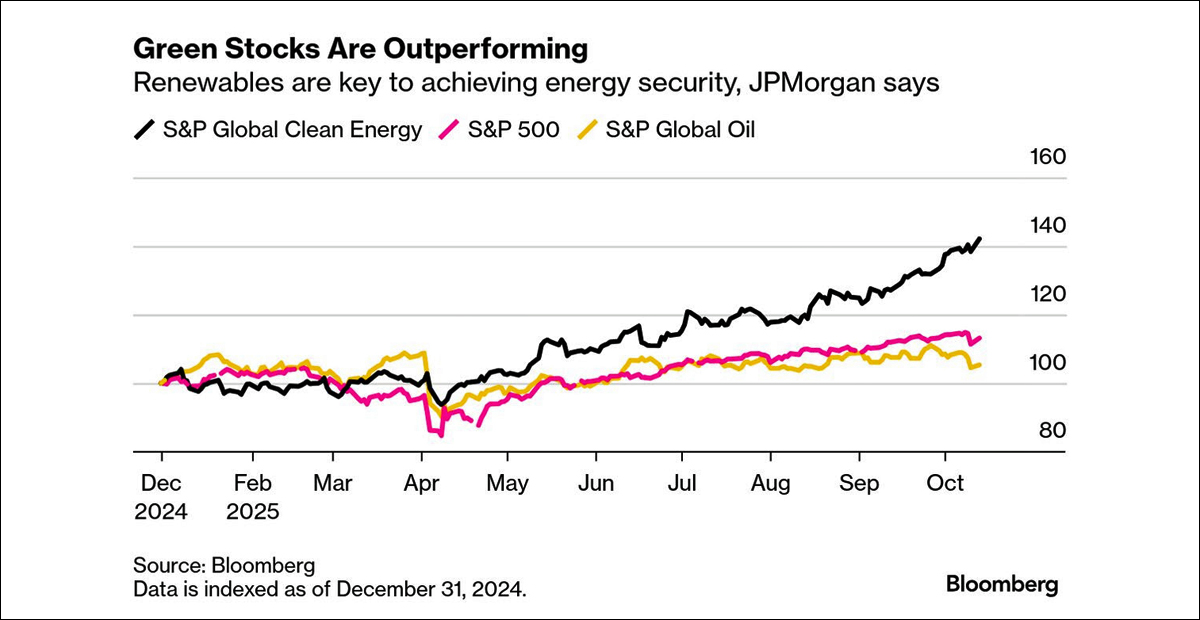
Economic experts say there’s no ambiguity here – without wind and solar, the U.S. is unlikely to meet our power needs. That reality is driving investment and business interests, even as the Trump administration’s focus is on increasing fossil fuel use. Read more here.
Notable Video
Hurricane Melissa left a path of unspeakable devastation across the Caribbean, where low-lying island nations are ill-equipped to handle the catastrophe of storms supercharged by climate change. Deadly winds and torrential rain are only part of the problem – storm surge also causes mass destruction. This CNN video illustrates what a storm surge of more than 10 feet – as occurred in Jamaica and Cuba – actually looks like.

